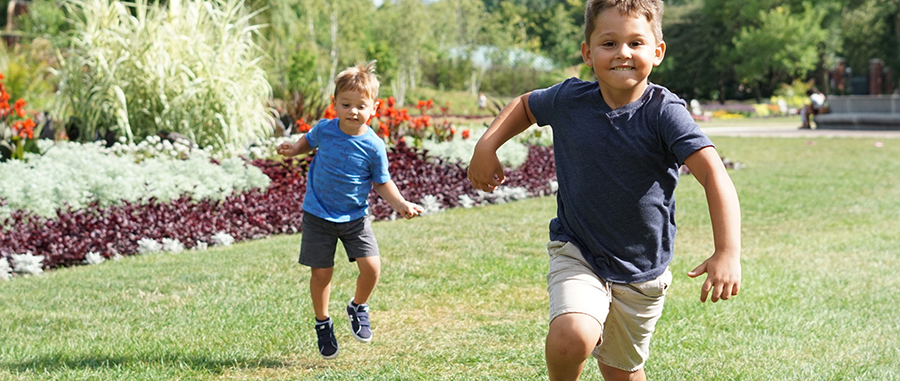With child obesity still an epidemic in the U.S. and reams of research showing both the immediate and long-term benefits of youth exercise, it’s the duty of parents today to make movement and activity a part of kids’ lifestyles, says Hillsboro physical therapist Kent Bond.
And the first step in teaching kids to be active, Bond adds, is to be a good role model.
“Kids are more often than not going to imitate their parents when it comes to activity level,” said Bond, owner of Impact Physical Therapy of Hillsboro. “If you’re an active person who goes for walks, bike rides, spends time outdoors and plays with them regularly, your kids are going to learn that’s what life is all about – moving around and enjoying the world.”
And in a country where more than one in six kids between the ages of 2 and 19 are obese, and just one in three are physically active each day, making movement and exercise a daily part of life is a critical habit to help kids form at a young age. Why?
“Active kids are more likely to become healthy adults,” Bond said. “Studies have shown that being healthy and active as a youth can lead to a reduced risk of developing a number of serious health conditions later in life – obesity, heart disease, osteoporosis, diabetes, high blood pressure, and even cancer.”
Strong evidence also exists tying activity with greater academic and social achievement in children. It also helps ward off anxiety and depression at a young age.
According to the Centers for Disease Control and Prevention (CDC), all children and adolescents ages 6 to 17 should participate in one hour of physical activity each day … at a minimum.
“That may seem like a lot to squeeze into an already full day of school, work and other commitments, but this is really a modest goal I’d actually like to see kids exceed,” Bond said. “I read recently the average American kid might spend up to 7 hours a day in front of a screen. So, they definitely have time for play and exercise.”
To help your child develop a love of movement and physical activity, Bond offers these tips:
Play with Your Kids: Be a leader when it comes to activities with your kids by, first and foremost, making it fun! Starting at a young age, take them outdoors for a game of tag, building forts, playing catch, or to raking up a pile of leaves for jumping. Keep in mind that if you have fun being active, they’ll no doubt imitate the positive vibes.
Go On Adventures: Simple walks and bike rides are fun, but turning them into adventures can give the activities some staying power. Turn the walk into a scavenger hunt, go geocaching instead of just hiking or cycling, or turn a swim in the lake into a rock-collecting and/or skipping competition.
Provide Options & Choice: From toys and games to different parks, facilities and even clubs/leagues, when you give children variety, they’ll be more eager to actively participate in their activities of choice.
Be the Support System: As a parent, be active in helping your child sort through options, connect with others with similar interests (i.e., friends and teammates), and offering the support they need to participate and be successful. Having mom and/or dad on the journey can go far in motivating a kid to stick with and enjoy new activities

